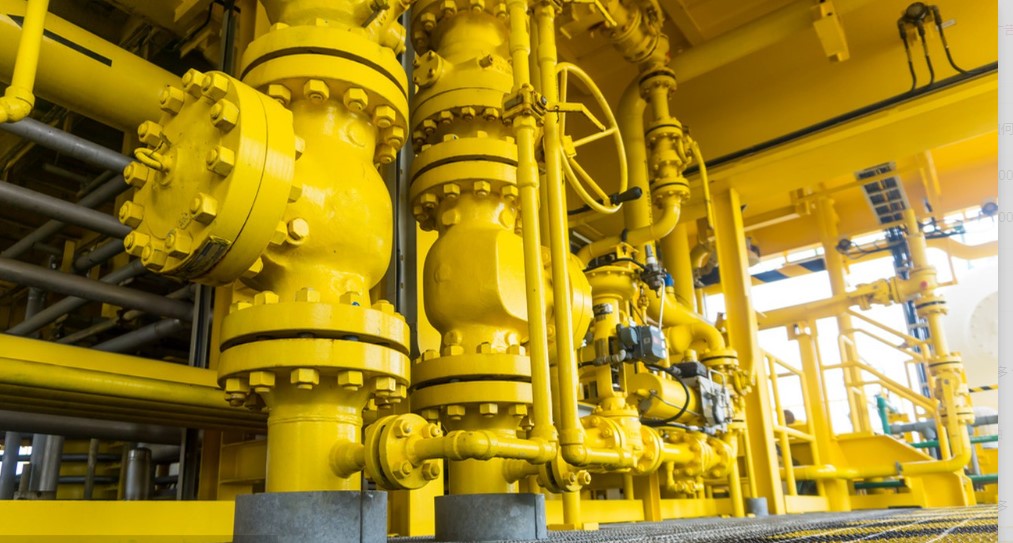+86 15858532562
Views: 55 Author: Site Editor Publish Time: 2024-05-23 Origin: Site








Austenitic stainless steel Austenitic stainless steel contains approximately 18% chromium and 8% nickel. 18-8 austenitic stainless steel is often used as valve body and valve cover material under conditions of high and low temperatures and strong corrosion. Using 18-8 stainless steel as the base, adding molybdenum and slightly increasing the nickel content will essentially increase its corrosion resistance. Valves made of this steel can be widely used in the chemical industry, such as transporting acetic acid, nitric acid, alkali, bleaching liquid, food, fruit juice, carbonic acid, tanning liquid and many other chemical products.
In order to adapt to the high temperature range and further change the material composition, niobium is added to this stainless steel, which is what we know as 18-10-Nb, and the temperature can be used up to 800°C.
Austenitic stainless steel is usually used at very low temperatures and does not become brittle, so valves made of this material (such as 18-8 and 18-10-3Mo) are very suitable for working at low temperatures. For example, transporting liquid gases such as natural gas, biogas, oxygen and nitrogen.
It is suitable for valves with corrosive media with working temperatures between –196~600℃. Austenitic stainless steel is also an ideal low-temperature valve material.
8. Monel alloy ‘Monel’ is a high nickel-copper alloy with good corrosion resistance. This material is often used in valves conveying alkalis, salt solutions, foodstuffs, and many gasless acids, especially sulfuric acid and hydrofluoric acid. ‘Monel’ alloy is well suited to steam, seawater and marine environments. Mainly suitable for valves containing hydrofluoric acid media.

9. Hastelloy is mainly suitable for valves with highly corrosive media such as dilute sulfuric acid.
(1) ‘Hastelloy’ Alloy B
This alloy contains 60% nickel, 30% molybdenum and 5% iron. It is particularly resistant to strong corrosion by inorganic acids. 'Hastelloy' Alloy 'B' can be used up to the boiling point temperature for various concentrations of hydrochloric acid, and for sulfuric acid, it can be used up to 70°C at the most corrosive concentration. As with phosphoric acid, it works under a variety of conditions, and 'Hastelloy' alloy 'B' is also good for ammonium chloride, zinc chloride, aluminum sulfate and ammonium sulfate.
In oxidizing atmospheres, 'Hastelloy' Alloy 'B' can be used at temperatures of approximately 800°C, and in reducing atmospheres, the operating temperatures can be higher.
(2) ‘Hastelloy’ alloy C
This alloy is a nickel-based alloy containing 15% chromium and 17% molybdenum. It can be used up to 1100°C in both oxidizing and reducing atmospheres. It has good corrosion resistance to hydrochloric acid, sulfuric acid and phosphoric acid. And in many cases it can also be used with nitric acid.
‘Hastelloy’ alloy ‘C’ is highly resistant to chlorides, hydrochlorides, sulfides, oxide salt solutions and many other corrosive media. It is also particularly suitable for hydrohalic acid media, such as hydrofluoric acid.
10. Titanium alloy is mainly suitable for valves in various highly corrosive media.
11. Many valves used in the cast copper alloy industry are made of non-ferrous metal materials, mainly bronze and brass. The ratio of copper, tin, lead, and zinc in the bronze alloy used to make valves is usually 85:5:5:5 or 87:7:3:3. If zinc-free bronze is required, this must be stated. The physical strength, structural stability, and corrosion resistance of bronze make it particularly suitable for industrial production. Industrial bronze valves are available in diameters up to 100mm.
Bronze valves are often used in relatively medium-temperature situations, and some brands of bronze can be used up to about 280°C. In terms of low temperature, most copper alloys have the property of not being brittle at very low temperatures, which makes bronze widely used in low temperature conditions, such as liquid oxygen and liquid nitrogen, with temperatures below -180°C.
Alloy No. 12 and No. 20 In very strict situations where ordinary stainless steel cannot meet the requirements, the most interesting type of steel is high-alloy stainless steel. Perhaps the most common one is 20-gauge alloy steel. It contains 29% nickel, 20% chromium, plus molybdenum and copper. This alloy is highly resistant to sulfuric acid at various temperatures and concentrations. In addition, in most cases, it can also be used in phosphoric acid and acetic acid media, especially where there are chlorides and other impurities.
13. The application development trend of two-way stainless steel (ferrite structure or austenitic structure). This kind of steel contains 20% or more chromium and about 5% nickel, as well as a certain amount of molybdenum. The strength and hardness of these alloys are better than ordinary austenitic stainless steel, and they can withstand the very harsh working conditions of sulfuric acid and phosphoric acid. It has strong ability to resist local corrosion.
Mainly suitable for valves used in oxygen pipelines and seawater pipelines with working temperatures between –273 and 200°C.
14. Plastics and ceramics are both non-metals. The biggest feature of non-metal valves is their strong corrosion resistance, and they even have advantages that metal valves cannot have. Generally suitable for corrosive media with nominal pressure PN ≤ 1.6MPa and working temperature not exceeding 60°C. Non-toxic plastic valves are also suitable for water supply industry. The material of the main parts of the valve should first consider the physical properties (temperature, pressure) and chemical properties (corrosiveness) of the working medium. At the same time, you should also know how clean the media is (whether there are solid particles). In addition, you must also refer to the relevant regulations and requirements of the country and the user department.
Many materials can meet the requirements of valves in various working conditions. However, correct and reasonable selection of valve materials can achieve the most economical service life and best performance of the valve.